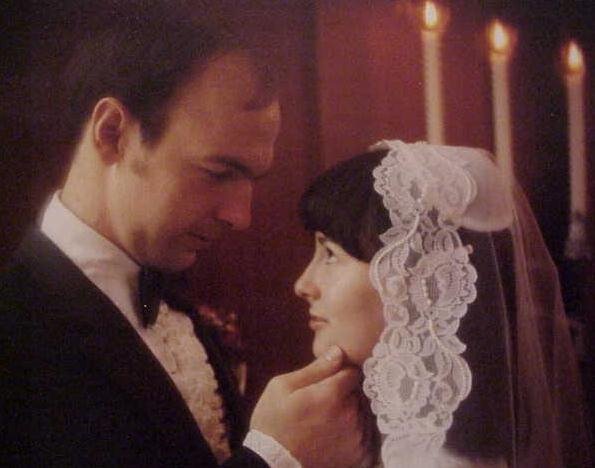History of Home Education, Part II
I found another abbrieviated history of the home education movement at Synergy Field.com. I've posted about half of it below. It provides less general detail than the article by Patrick Farenga that I linked in Part I of this topic, but more detail about the wave of christian families who began home school in the '80s.
It is excerpted from Homeschoolers' Success Stories: 15 Adults and 12 Young People Share the Impact That Homeschooling Has Made on Their Lives by Linda Dobson (Prima Publishing, (c) 2000).
It is difficult to peg the exact origin of modern homeschooling. Some might say the seeds were being planted in the sixties and seventies by educational reformers and authors who questioned both schooling's methods and results. Notable among them are Ivan Illich (Deschooling Society, Harper & Row, 1971), Charles E. Silberman (Crisis in the Classroom: The Remaking of American Education, Random House, 1970), and the prolific John Holt (How Children Fail, Dell Publishing, 1964; How Children Learn, Dell Publishing, 1967; What Do I Do Monday? Dell Publishing, 1970), a teacher who eventually gave up his original vision of school reform as hopeless. He began advocating instead no school for youngsters, and in 1977 began publishing Growing Without Schooling, a magazine that continues today even though John passed away in 1985. (Author's Note in 2005: Unfortunately, the inheritor no longer publishes this magazine.)
Around the same time, Dr. Raymond and Dorothy Moore were busy conducting and collecting early childhood education research. They, too, began publishing articles and books that questioned the wisdom of conventional schooling with a focus on the harm that can be created by rushing children prematurely into the existing school regimen (see Better Late Than Early: A New Approach to Your Child's Education, Reader's Digest Press, 1975; School Can Wait, Hewitt Research Foundation, 1985).
By the late seventies and early eighties, the message was spreading. The nationally acclaimed Home Education Magazine made its humble start in 1983. As the number of homeschoolers slowly grew so did the number of support groups focused on helping other parents get started in homeschooling. Networking homeschoolers worked to educate legislators and eventually changed state laws that prohibited the practice. The grassroots movement kept growing.
In the 1980s, changes in the tax regulations for Christian schools forced the smaller among them to close down by the hundreds. Suddenly, the parents of the students attending these schools were faced with a choice between government school attendance and homeschooling. For many, this really wasn't a choice at all, and these Christian families became part of a large second wave of homeschooling, joining earlier homeschoolers and boosting the numbers to record highs. Christian curriculum providers, already well-established businesses that had just lost a large chunk of their original market, followed the money and easily courted the new market of homeschooling parents.
Since then, the media has identified yet another wave of homeschoolers - "the mainstreamers." These are families from every conceivable religious, economic, political, and philosophical background in the United States. This wave has been impelled by: homeschooling's greater visibility as an educational option; local, state, and national homeschooling support groups; easy networking and information sharing via the Internet and e-mail; and continuing government-school problems, such as dumbed-down curriculum, violence, drugs, bullying, and more. These forces have brought up the number of homeschooled children in the United States an estimated 15 to 20% each year for the last 15 years. The ballpark figure now stands at two million and growing.
See also History, Part III.


0 Comments:
Post a Comment
<< Home